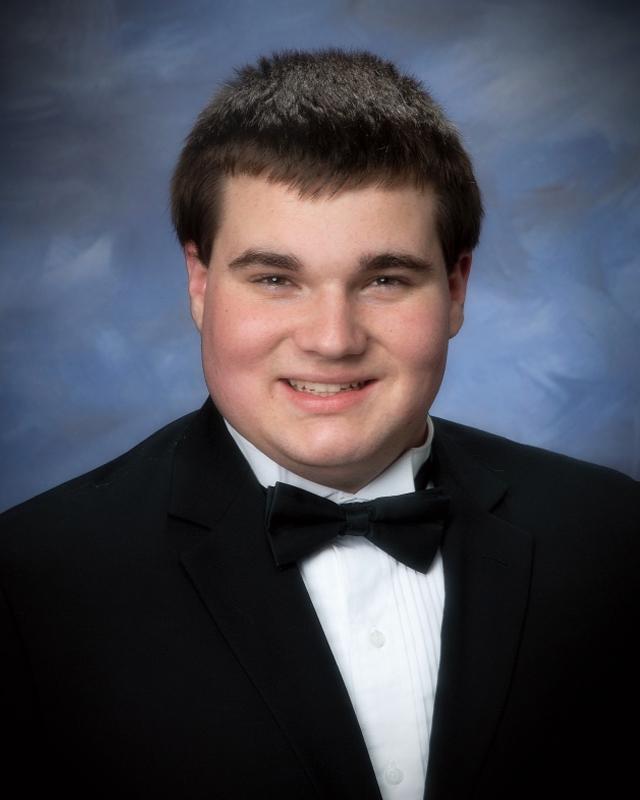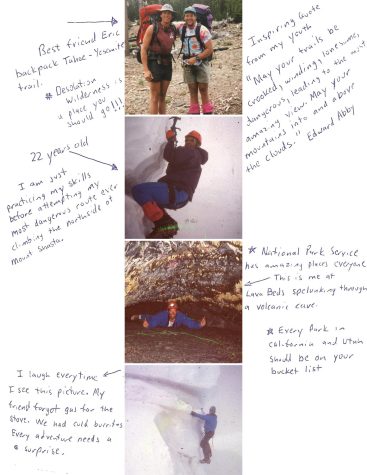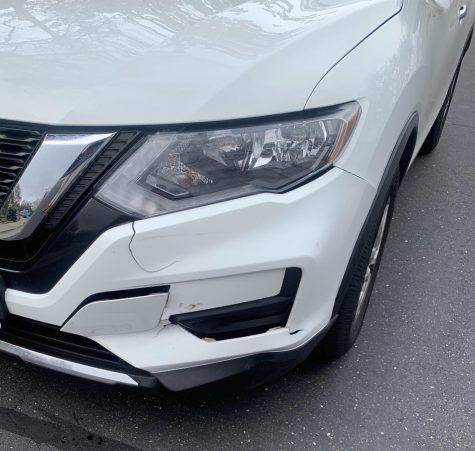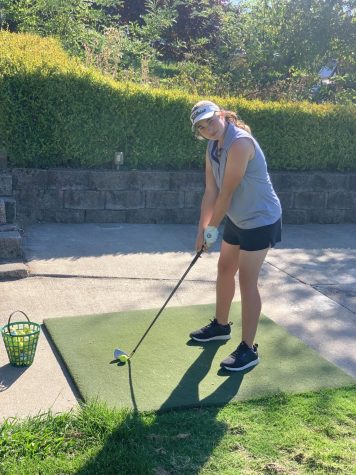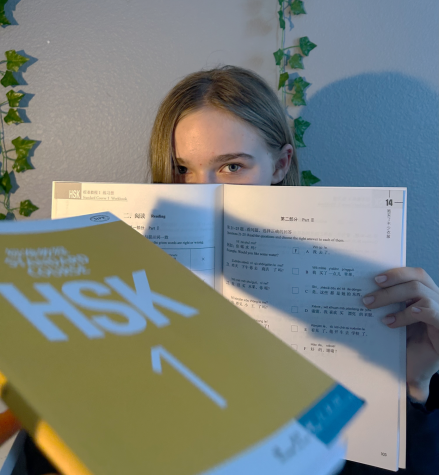AP until you drop
Pottle fills schedule with challenges
The stream of seniors off of campus after daily announcements end is a mass exodus observed by many of the students on campus. While most seniors are free to leave, Ryan Pottle stays behind, eating his lunch while studying and waiting for his last period class to begin.
AP classes, as many students know, have the potential to be extremely frustrating or time-consuming. The average student at Rocklin knows firsthand the struggle of attempting an AP class, and some prove harder than others. Some students are satisfied with two APs; others have no problem juggling four or five.
Ryan, though, didn’t dealing with four or five: his entire schedule is filled with AP classes, from AP Biology to AP Economics to AP Calculus BC.
“It can be a lot of work. If I manage my time correctly, it’s efficient. Procrastination equals long nights,” Ryan said. “One of my periods is actually an independent study class, so I can go home and do work there every other day, but otherwise I just stay in the library with friends and do work during lunch.”
Despite the crunch of having three of his AP tests on May 11th, Ryan wasn’t worried about the stress.
“It depends on whether they’re hard or not,” Ryan said. “It could be a lot of stress, but it wasn’t too bad last year. It was manageable.”
By exposing themselves to AP curriculum, students fare much better in college compared to those who have never taken an AP class. Students with two or more AP courses under their belt have a 76 percent chance of completing a bachelor’s degree, while someone who hasn’t taken any has a 33 percent chance of completing the same degree.
“That was definitely one of the reasons that I took so many. I plan on continuing those classes in some regard, so hopefully I can get some credit for them in college,” Ryan said.
Taking AP classes can be much nicer on the student’s wallet too: according to the College Board, research shows that students can save as much as $19,000 by taking these courses in high school.
¨I really took them for those reasons too,” said Ryan. “I don’t really do sports, so I can dedicate time to schoolwork and saw an opportunity to take them.”
And despite the outward appearance of his academic life, Ryan says that it just ends up happening.
“I bring homework to do during class for when I have free time, then I go home and it just kind of gets done.”
FACT CHECKING
Exam dates :
AP Bio: May 11 (8 am), AP Calc BC: May 5 (8 am), AP Physics C: M: May 11 (12 pm), AP Stats: May 13 (12 pm), AP Econ: May 15 (8 am), AP Lit/Comp: May 6 (8 am), AP Computer Science: May 7 (8 am), AP Physics C: EM: May 11 (2 pm)
College Board: Top 10 States in Percentage of 2013 Public High School Graduates Succeeding on AP Exams: #6 California (26.9%). Approximately 132,500 teachers taught AP classes in nearly 14,000 public high schools. In the last decade AP participation and performance rates have nearly doubled. In May 2013, 2.2 million students representing more than 18,000 schools around the world, both public and nonpublic, took approximately 4 million AP Exams. Each year, the College Board helps more than seven million students prepare for a successful transition to college through programs and services in college readiness and college success.
KPBS.org: The number of U.S. public school students taking Advanced Placement classes nearly doubled over the last decade. The class of 2013 took 3.2 million AP exams, according to a College Board report released Tuesday. AP exams, which started in the 1950s, offer a way for students to earn college credit while still in high school and are offered in 34 different subjects.
CFNC.org: About 60 percent of U.S. high schools and 15,000 high schools worldwide offer Advanced Placement classes. There are more than 35 different AP courses in 22 subject areas — everything from chemistry and calculus to Japanese language and culture.
USA today: According to the College Board, research shows that students can save as much as $19,000 by taking these courses. Average percentage of possibility of getting a 3 or higher on an AP test: 66.8% (table reflects 4,176,200 AP Exams taken by 2,342,528 students from 19,493 secondary schools). $91/exam.
bgdailynews.com: Statistics now show that college students who have not taken an AP course have only a 33 percent chance of completing a bachelor’s degree. College students who have completed one AP course have a 59 percent chance of completing a four-year degree, while students with two or more AP courses under their belt have a 76 percent chance of completing a bachelor’s degree, according to the center.



